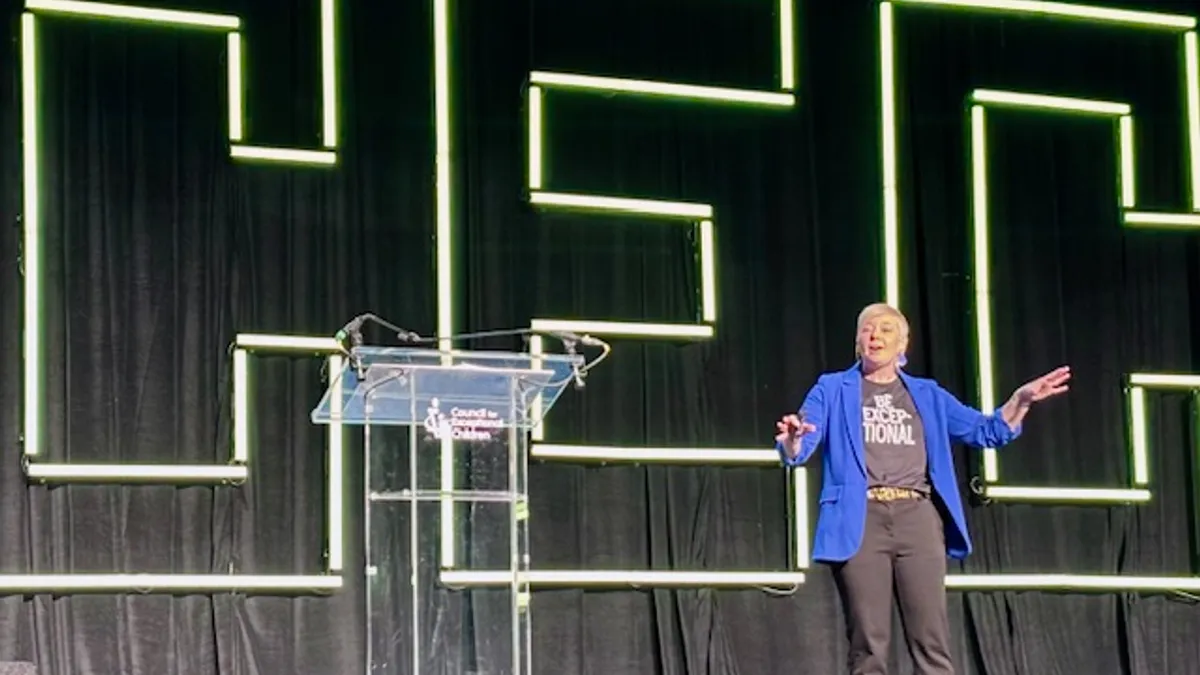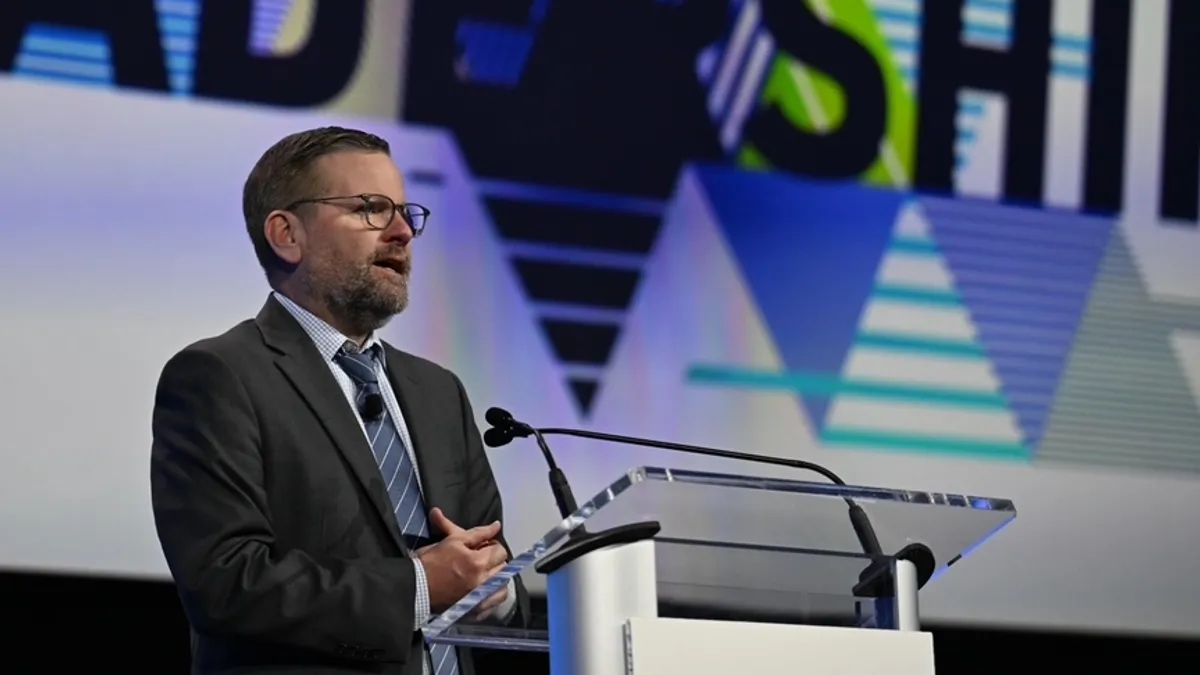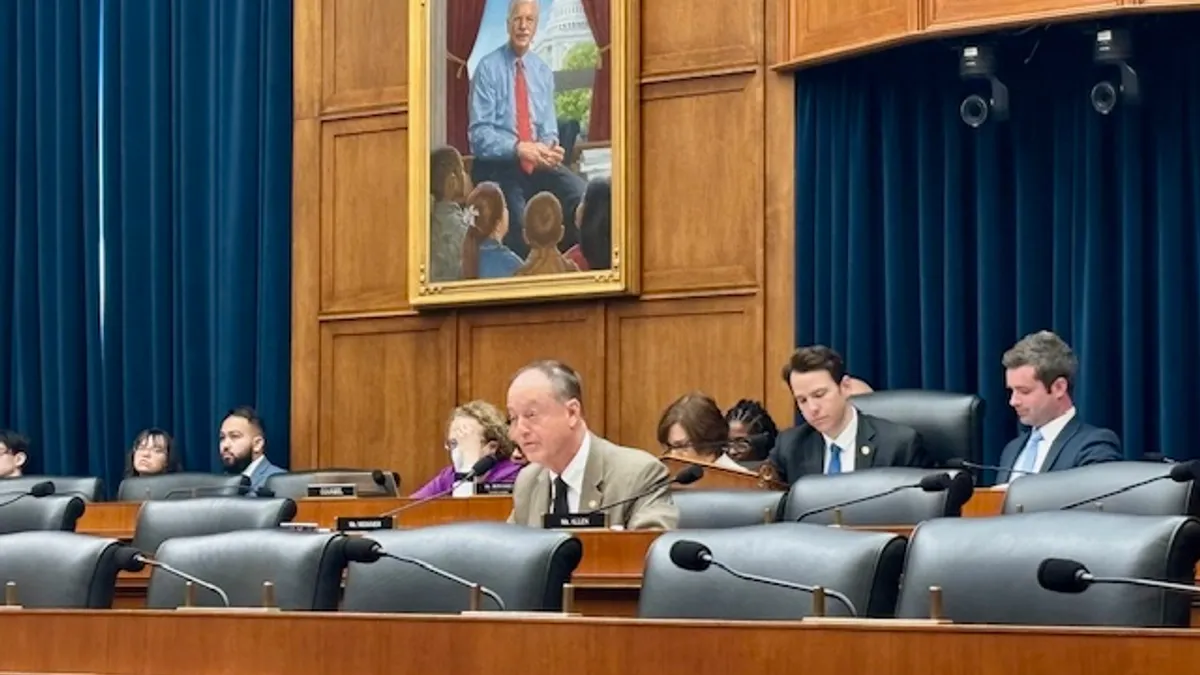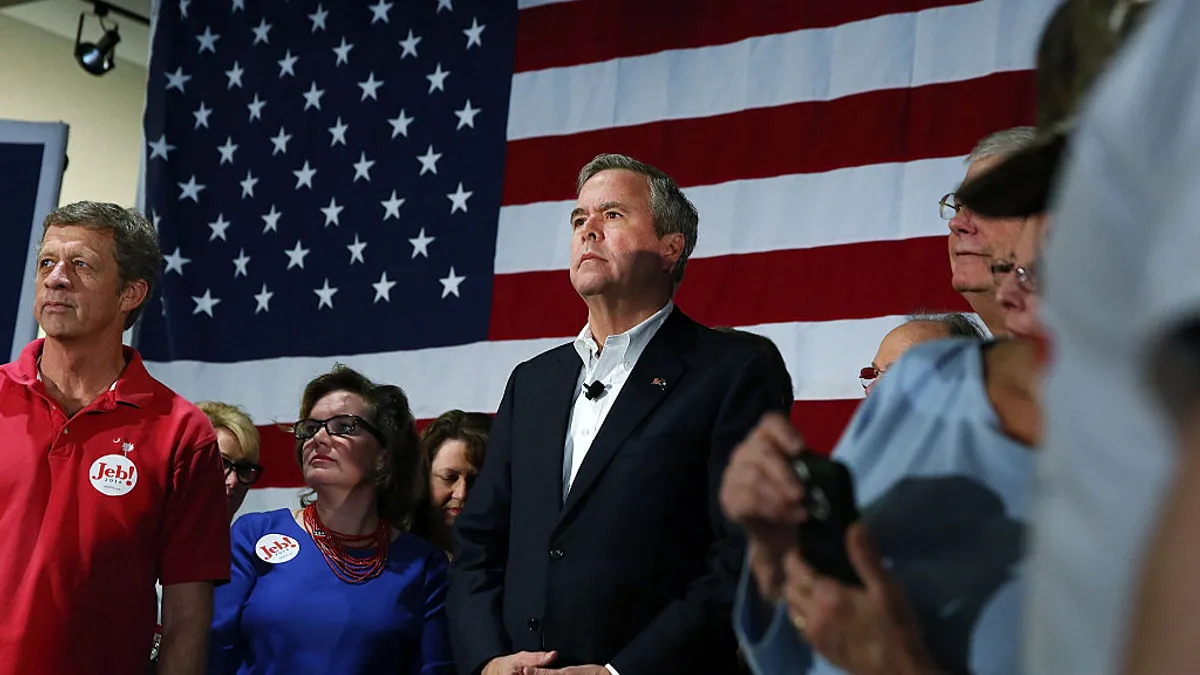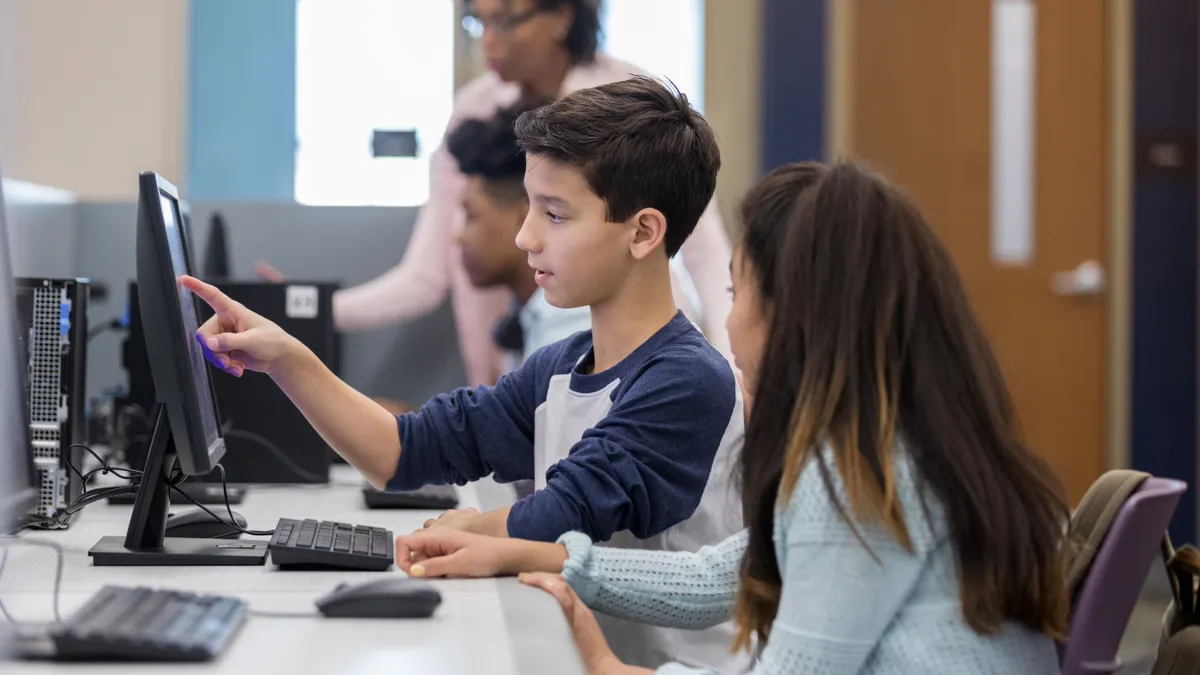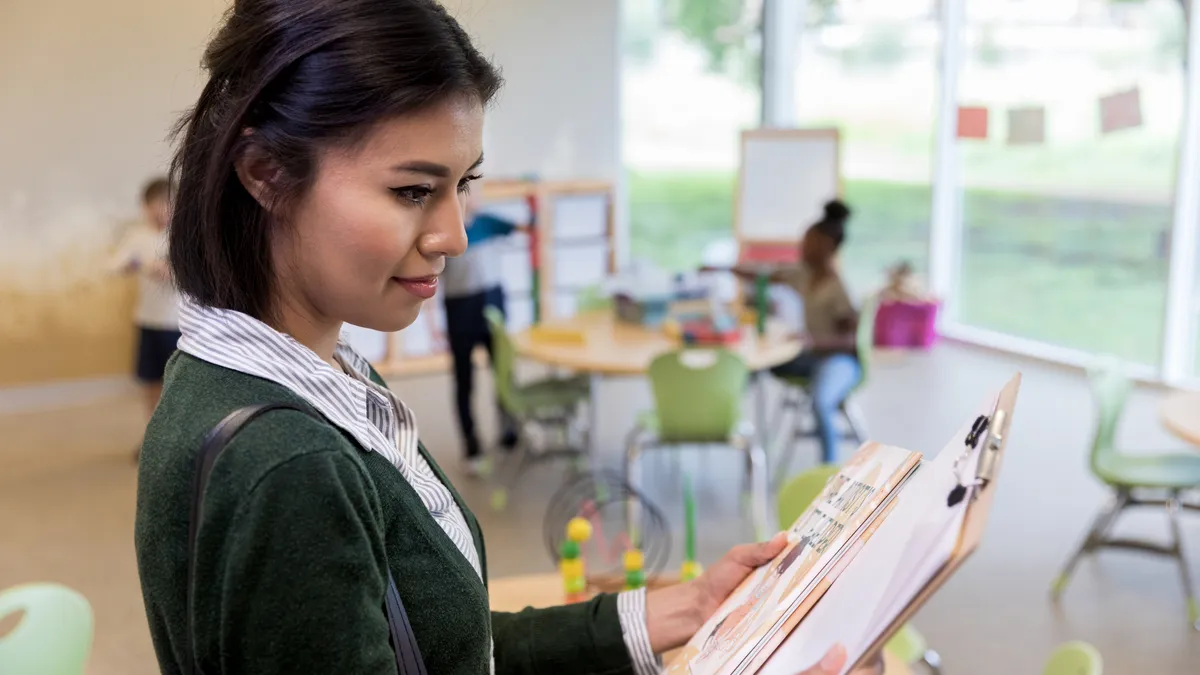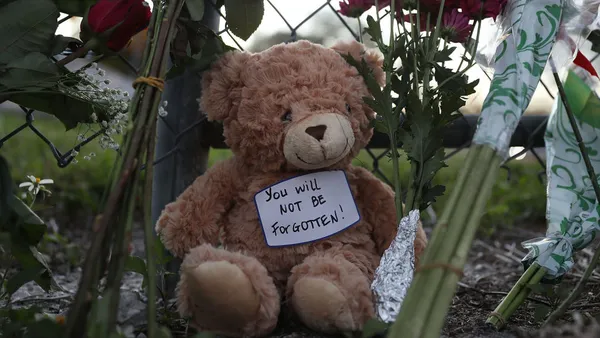Liz Dozier is CEO and founder of Chicago Beyond and a former Chicago Public Schools principal.
"She really saw something in me. It was crazy. I ain't seen nothing in me." Those are the words of a previous student of mine named Jason. I am a former Chicago Public Schools principal from Fenger High School on Chicago’s South Side.
When I started at the school, Fenger had been cast as one of the most violent and underperforming schools in the city of Chicago, and my team and I were charged with turning things around. At Fenger, I witnessed how traumatic experiences can disrupt a young person's academic performance, personal relationships and future opportunities. I've also seen how all of that can be changed with intention and supportive frameworks like holistic healing.
As another school year approaches with challenges that seem more nuanced and complex than ever before, we have to be prepared to provide this emotional support so every student has a chance to succeed.
My school was the intersection of every failure we’ve perpetrated as a society: Fractured family units, disinvestment and neglect. But every one of my students was a glimmer of hope and possibility.
Meeting students' social and emotional needs isn't easy and sometimes means dropping whatever you’re doing. At Fenger, this required my colleagues and I to change our beliefs and center our young people — who surprisingly are often forgotten in our education system. Young people like Jason.
The community I built during my time as an educator directly impacted the well-being of my students, and incredible shifts occurred when we put healing at the center of our strategies. By focusing on building relationships, understanding the emotional needs of each individual, and not inflicting punishment and making assumptions, my team and I were able to decrease my high school’s dropout rate from 19% to 2%, increase our freshman on-track-to-graduate rate to 40%, and increase my students’ attendance and the school’s state graduation rate to double-digits.
I share these stats to point out what was possible with intention and awareness of how traumatic events outside of the classroom affect students, and with the implementation of restorative justice and holistic healing strategies.
Jason was one of the many great students I had the privilege of working with during my time as principal. He was a tall, lovable kid with kind eyes who never held grudges and loved basketball. He was someone's brother. He was someone's son. He was someone who came from a challenging environment and had faced some obstacles in the classroom.
Jason was a frequent visitor to my office because of one incident or another. The obstacles Jason faced were not because he didn't care about school or because he enjoyed getting in trouble. They were because of the environment and the compounded trauma he was experiencing both outside and inside of the school walls.
Jason’s situation unfortunately wasn’t a unique case. Many other students I worked with were exposed to unimaginable trauma — from losing a family member to a parent or guardian losing a job, neglect, gun violence, housing insecurity and food insecurity. And what’s worse, the trauma our students go through today has only been exacerbated by the pandemic and the realization of the racial injustices that continue to happen across the country.
Students dealing with the compound effect of the pandemic, racial injustice and unjust public systems that perpetuate cycles of trauma are struggling. They need help, and it's on all of us to be there to support them and provide the healthiest environment we can so each student can reach their fullest potential.
Jason was never really given an ecosystem to thrive. It’s the same case with so many other young people forgotten by our public school system today. Oftentimes as an educator, there is a level of guilt felt by not being able to provide the environments we know our students need to thrive. But when I began to understand the benefits of holistic healing and saw its incredible results with academic performance, behavior and social skills, I felt like there was finally a way to allow our young people to show up in authentic ways that were true to themselves and heal the trauma they were holding on to.
When young people experience trauma at home, in school or in their communities, there is no one way to heal these situations meaningfully. We have to meet each individual where they are and understand what will allow them the space to heal, and, more importantly, create an environment that eradicates the continuous trauma. Despite the challenges our students like Jason face, it is the environment, emotional support and resources that help build the foundation for them to live their lives without barriers.
When all our systems begin to address the trauma our young people experience, they will no longer need to stay in survivor mode, but will instead be able to dream and live more vibrantly. After our time together at Fenger, Jason and I stayed in touch. I would run into him downtown or see him at events across the city. But in 2017, I got a call that Jason had been shot and was in the hospital. He died shortly after.
I think about Jason often and wonder what would happen if we gave every young person a real opportunity to be who they’re meant to be. We are all better than the worst thing we’ve ever done. It’s on all of us, as educators and members in the ecosystem, to provide emotional and social support so students like Jason can address their trauma head-on and heal.
As we enter a new school year faced with unforeseen and unprecedented obstacles after a year of virtual learning, I encourage leaders in the education space to push the boundaries with innovative, intentional and supportive frameworks that center humanness, righteousness and truth. We have to show up for our students so they can feel empowered to show up for themselves. We must center a holistic approach to healing for our students when they enter the classroom again, in person, this fall.







